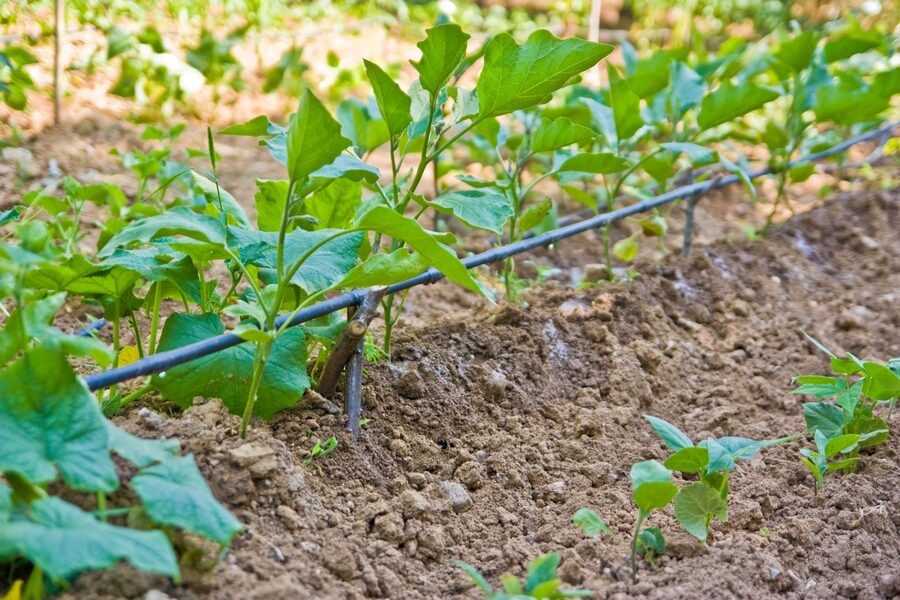Kalem McLuckie
As the years get hotter and drier due to climate change, water is continually rising as an expensive commodity and rapid extreme weather changes, such as droughts, are becoming more frequent.
Whether it is due to a dry necessity, or simply wanting to save a few dollars on the water bill, here’s our list for ways to improve the drought resistance for your very own home garden.
Plant a variety of drought-tolerant flora/fauna: One of the most water efficient and cost-effective ways to improve on irrigation and adaptability is to plant a rich diversity of Australian flora and fauna. By planting a wide range of flora/fauna, you are increasing your crop’s ability to adapt to rapid climate changes, such as droughts (Tirado & Cotter, 2010). By selecting native species, the plants will already have evolved and adapted to Australia’s unique climate. The best part is, looks don’t have to be sacrificed in any way to make a beautiful, water efficient and highly adaptable garden. Drought resistant plant catalogue.

Unlike normal methods of irrigation, trickle systems slowly provide water to a specific area, typically just above the roots. These are used for maximum water absorption, as shown with increases of up to 65% in water efficiency in dry and arid conditions compared to traditional surface watering systems (Mostafa, El-Nady, Awad & El-Ansary, 2018). Unlike other systems, such as sprinklers, trickle systems minimise evaporation; perfect for the drought prone Queensland climate. This method is precise, easy to control and highly economical. Not only this, but there are endless inexpensive ways to make your very own systems using items such as garden hoses or PVC found at your local hardware store.
In drought season, every drop of water is precious. Everyone knows not to waste water, but not everyone knows to recycle their grey water. Grey water refers to the drainage from everyday household appliances/utilities, such as showers, sinks, laundry and any other non-toilet sources. An estimated daily water consumption of 189 litres is being used per person in Queensland as of 2020 (http://www.seqwater.com.au). Grey water recycling has been shown to decrease water usage by a whopping 32.5 percent maximum in Western Australia (Zhang, Grant, Sharma, Chen & Chen, 2010). This, combined with rainwater reuse (up to 25.1% waste reduction), means over half of household wastage can be reduced; saving not only the environment, but your wallet too! If the potential chemicals within the grey water arouse too much concern to be used on your home-grown edibles, simply use it on other parts of your garden or in-house plants; they need a bit of love too!
Through increasing plant diversity, increasing water efficiency and reducing water wastage, you can increase your crop’s drought resistance whilst simultaneously saving money.
Mostafa, H., El-Nady, R., Awad, M., & El-Ansary, M. (2018). Drip irrigation management for wheat under clay soil in arid conditions. Ecological Engineering, 121, 35-43. doi:10.1016/j.ecoleng.2017.09.003
SEQWATERGRID. (2020, 09 04). Weekly water security and consumption update. Retrieved from seqwater: https://www.seqwater.com.au/news/weekly-water-security-and-consumption-update
Tirado, R., & Cotter, J. (2010). Ecological farming: Drought-resistant agriculture. Exeter, UK: Greenpeace Research Laboratories.
Zhang, Y., Grant, A., Sharma, A., Chen, D., & Chen, L. (2010). Alternative Water Resources for Rural Residential Development in Western Australia.
Water Resources Management, 24(25). doi: https://doi-org.libraryproxy.griffith.edu.au/10.1007/s11269-009-9435-0